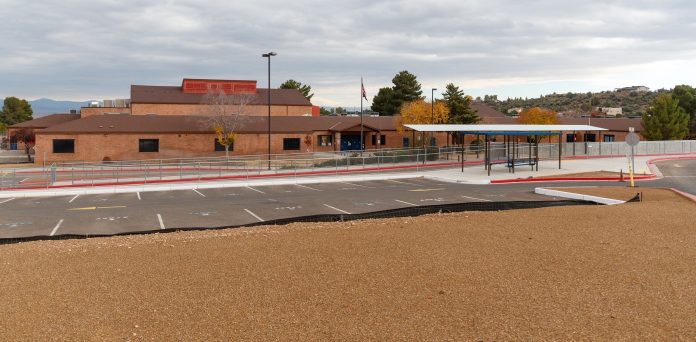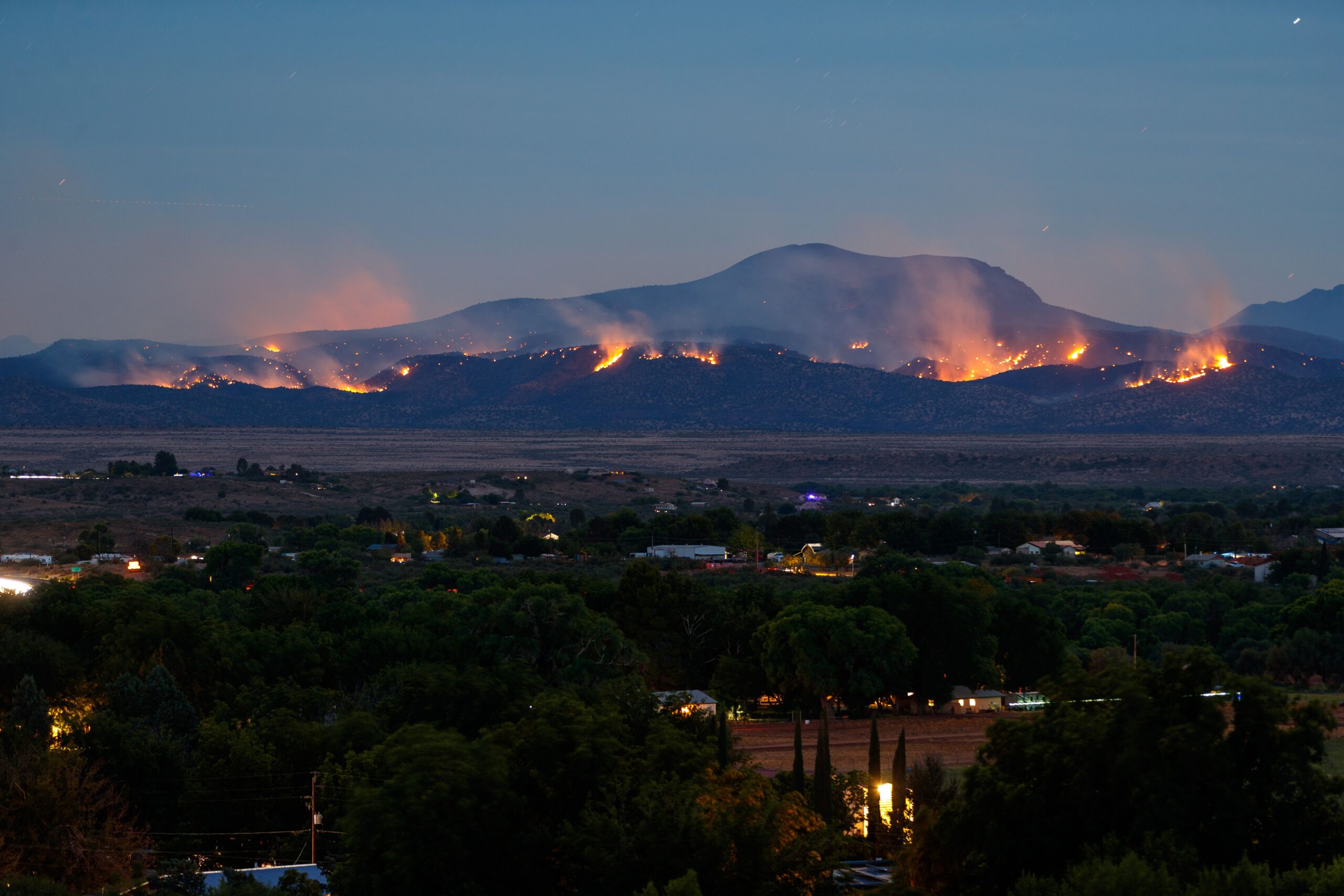The COVID-19 pandemic has upended education in the Verde Valley, with some school districts having shifted between remote and in- person learning multiple times in the first half of the 2020-21 school year alone.
The disruption goes beyond the decisions of individual school boards on how to instruct students, as all districts in the Verde Valley have reported declines in enrollment for this school year, though they vary in how many students have left.
Cottonwood-Oak Creek School District leads the way with around 140 students gone compared to last year. Mingus Union High School District has lost 30 to 40, Camp Verde Unified School District has lost about 50, and Clarkdale-Jerome School District, which is a single K-8 school, has lost nine.
“I definitely think it’s connected to the pandemic,” COCSD Superintendent Steve King said. “We’re seeing people go where they can feed their families, where the jobs are, where the housing is more secure …. Other families have gone home school. We’ve always had a high mobility rate with many of our families and students, but we’re definitely seeing an increase.”
In all districts, a significant portion of students seem to have left, but some districts have questioned whether the drops are pandemic-related. MUHSD Superintendent Mike Westcott points out that this year’s drop is lower than some previous years.
“That [average daily membership] change isn’t really an aberration when you consider a 10-year average,” Westcott said. “We go up or down 20 students annually. So, it’s not really an outlier.”
However, Westcott believes that this year’s shift is affected by the circumstances, even if that does not explain all of it. “Some of the seniors who graduated early did so because of finding work while they were not in earlier,” Westcott said. “We do think that that third to half of folks who didn’t come back may have done something similar. They may have done something online, or something like that.”
A shift to homeschooling or a different school district is the most common reason for students to have left the districts, which administrators said is not unexpected with so much schooling shifting to a form of quasi- homeschooling through remote teaching.
Districts are informed of a shift like this when a request is made, either by a family or by a new district, for student records.
However, there are also students who have disappeared without any request for student records, leaving districts unsure as to what has happened to them.
“We have also had students and families who have not re-enrolled and we have not received a records request,” CJSD Superintendent Danny Brown wrote in an email. “Usually when families go to another school, we receive a records request. Currently, we have three students whom our school resource officer is trying to track down.”
At COCSD, there are 36 students with at least a 10-day absence from the district without the district being able to get in contact. At CVUSD, it’s closer to 50, and at MUHSD 15 to 20 have been out of contact.
Superintendents say that they believe these are mostly families keeping their children home during the pandemic without filing the proper paper- work. King suggested that there are several students who the district believes have moved to Mexico to spend time with family, making them unreachable by the district.
“I know of a number of families that are home- schooling,” CVUSD Superintendent Danny Howe said. “If we’re staying home through this, we’re homeschooling. We don’t have to worry about checking in with the teacher.”
“We’ve got a lot of people saying ‘I don’t want my kid going out at all,’” CVUSD Business Manager Steve Hicks said. “We’ve got really afraid of this. Others say I don’t want my kid wearing a mask.”
The drop in enrollment leads to drops in school funding from the state, especially when remote learning only counts for 95% of what an in-person, on-campus student counts per Arizona Revised Statute §15-901. However, increases in grants from the state and federal government to deal with COVID have generally allowed districts to fill in the gaps.
“We believe that these will get us through for this year, be able to cover the gap we had from our previously adopted budget to where we are at now,” Hicks said.



